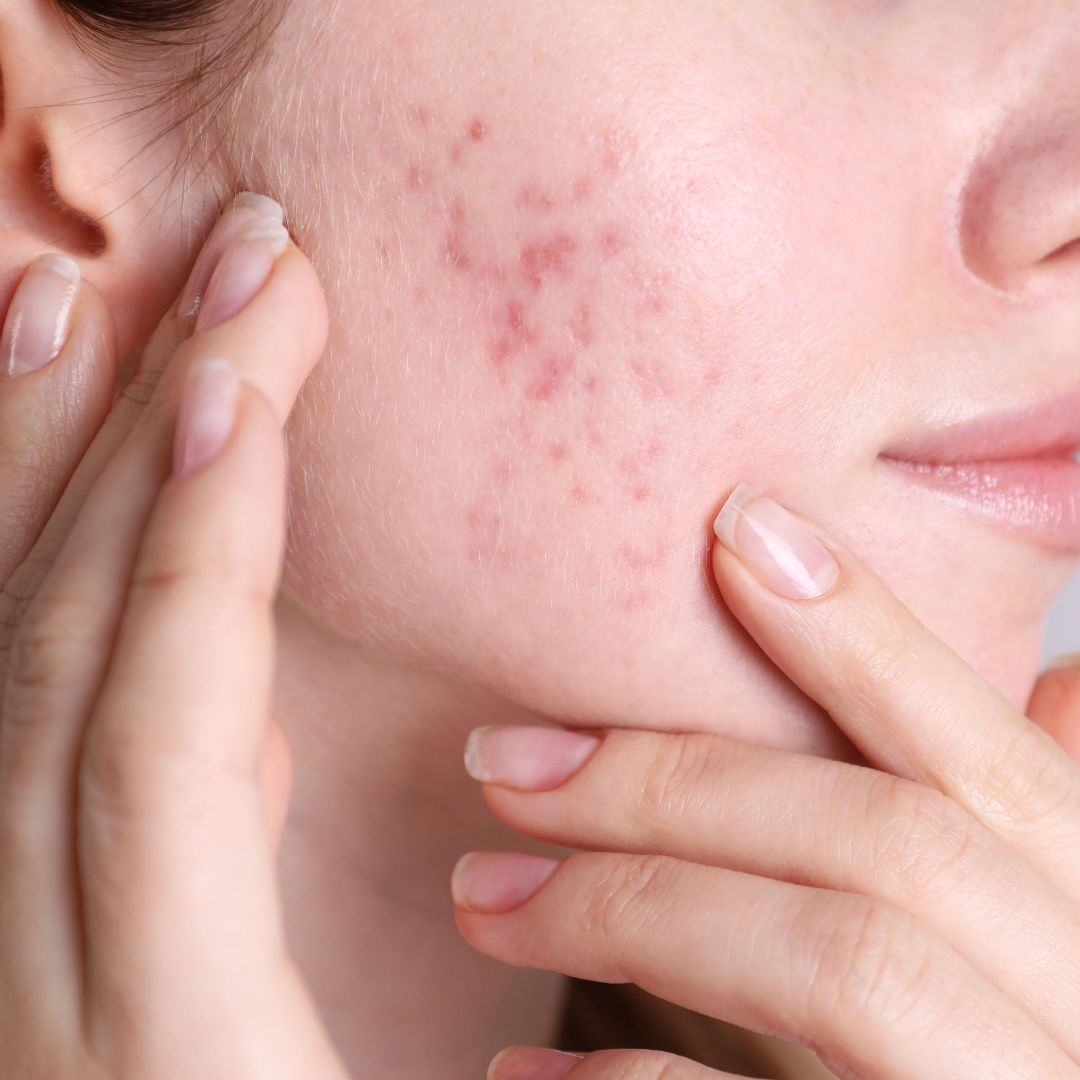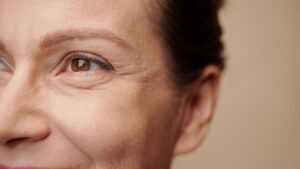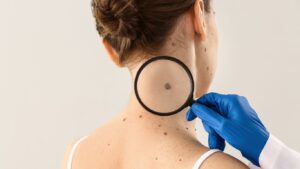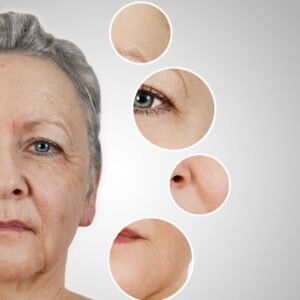Acne scars are a common issue for many individuals, and they can have a lasting impact on the appearance and texture of the skin. Whether you’ve dealt with severe breakouts or occasional flare-ups, understanding the type of acne scar you have is key to choosing the right treatment.
There are various types of acne scars, and each one may require a different approach to achieve the best results. In this guide, we’ll walk you through the different types of acne scars and the most effective treatments for each.
Understanding Acne Scars
Acne scars are divided into two main categories: depressed (atrophic) scars and elevated (hypertrophic or keloid) scars. Each type of scar requires a different treatment strategy to improve skin texture and appearance.
Depressed (Atrophic) Scars
Depressed scars are caused by a loss of skin tissue during the healing process. These scars are typically indented, leaving visible pits or valleys in the skin. The most common types of depressed acne scars include:
- Ice Pick Scars: Narrow, deep scars that resemble small holes in the skin.
- Boxcar Scars: Wider, shallow scars with defined edges that create a cratering effect.
- Rolling Scars: Soft, wave-like scars that make the skin appear uneven.
Elevated (Hypertrophic and Keloid) Scars
Elevated scars form when the skin produces too much collagen during the healing process, causing raised, thickened areas of tissue. These scars are often red or darker than the surrounding skin and may cause discomfort. The two main types of elevated scars are:
- Hypertrophic Scars: Raised scars that remain within the original boundaries of the acne lesion.
- Keloid Scars: Larger, raised scars that extend beyond the original acne lesion and may continue to grow.
Effective Treatments for Acne Scars
The most effective treatment for acne scars depends on the type and severity of the scars. Here are the top treatment options for each type of scar:
Treatments for Depressed (Atrophic) Scars
- Laser Treatments: Laser therapies, such as fractional CO2 lasers, work by resurfacing the skin and stimulating collagen production. These treatments are ideal for ice pick and boxcar scars, as they help smooth the skin and improve texture. Non-ablative lasers can also be used for milder scars, as they encourage skin rejuvenation without significant downtime.
- Microneedling: Microneedling uses small needles to create controlled micro-injuries in the skin, stimulating collagen and elastin production. This procedure is particularly effective for rolling scars and can help even out the skin’s surface over time.
- Dermal Fillers: For deep scars, dermal fillers can be injected to temporarily fill in depressed areas, bringing the scar level to that of the surrounding skin. This treatment provides immediate results but typically requires repeat sessions for lasting effects.
- Chemical Peels: Chemical peels use exfoliating solutions to remove the top layers of skin, encouraging the growth of new, healthy skin. Superficial peels are effective for mild scars, while deeper peels can address more severe scarring by improving skin texture.
Treatments for Elevated (Hypertrophic and Keloid) Scars
- Steroid Injections: Steroid injections are commonly used to reduce the size and appearance of hypertrophic scars. These injections work by flattening the scar and reducing the redness associated with raised tissue. Multiple treatment sessions may be required to achieve the best possible outcome.
- Laser Therapy: Pulsed dye lasers are effective for treating hypertrophic scars, as they target the blood vessels within the scar tissue, helping to reduce redness and shrink the size of the scar. Fractional lasers can also be used to smooth and refine the texture of both hypertrophic and keloid scars.
- Cryotherapy: Cryotherapy uses extreme cold to freeze and shrink raised scars. This technique is particularly helpful for hypertrophic scars and can be used to flatten the tissue and improve its appearance.
- Surgical Excision: In cases where other treatments haven’t been effective, surgical excision may be considered. The scar tissue is removed, and the skin is sutured together for a smoother appearance. However, this option carries a risk of recurrence, and care must be taken to avoid further scarring.
FAQs About Acne Scar Removal
How many treatments will I need to see results?
The number of treatments required depends on the severity of your scars and the type of treatment chosen. Some treatments, like microneedling and chemical peels, may require multiple sessions spaced a few weeks apart, while laser treatments often show results after one or two sessions. Your skin doctor will assess your skin and recommend a treatment plan tailored to your needs.
Is acne scar treatment painful?
Most acne scar treatments are well-tolerated. Numbing creams or local anaesthesia are typically applied to ensure comfort during the procedure. After treatment, you may experience mild redness or swelling, but these side effects usually resolve within a few hours to a few days.
What is the recovery time after acne scar treatment?
Recovery times vary depending on the treatment. For example, microneedling and light laser treatments typically require minimal downtime, with redness and swelling lasting just a few days. More intensive treatments, like deep chemical peels or fractional CO2 lasers, may require longer recovery times of up to a week or more.
Can acne scar treatments work on all skin types?
Yes, many acne scar treatments are suitable for all skin types. However, individuals with darker skin tones should consult a skin doctor before undergoing laser treatments, as there is a higher risk of pigmentation changes. Your skin doctor will evaluate your skin and recommend the most appropriate treatment for you.
Will acne scars be completely removed with treatment?
While most treatments can significantly improve the appearance of acne scars, complete removal is rare. The goal is to reduce the visibility and texture of scars, making them less noticeable. Multiple treatments may be required to achieve the best results, and individual responses can vary.
How can I prevent acne scars from forming?
To reduce the risk of acne scarring:
- Avoid picking or squeezing pimples, as this can increase the risk of scarring.
- Treat acne early to prevent severe breakouts.
- Use non-comedogenic skincare products to avoid clogging pores.
- Apply sunscreen daily to protect your skin from UV damage, which can worsen scarring.
Conclusion
Acne scars can be a persistent reminder of past breakouts, but effective treatments are available to help improve skin texture and restore your confidence. At Coastal Skin & Laser Noosa, offering skin treatments in Tewantin, Noosa, and the surrounding areas in Sunshine Coast, we provide advanced solutions tailored to your specific scar type—whether you’re dealing with depressed scars like ice pick or boxcar scars, or elevated scars like hypertrophic or keloid scars. Our skin doctors provide personalised treatment plans designed to significantly reduce the appearance of scars and enhance your skin’s overall health.






